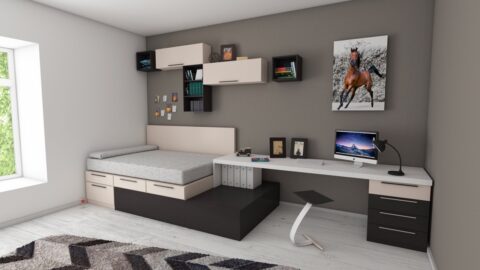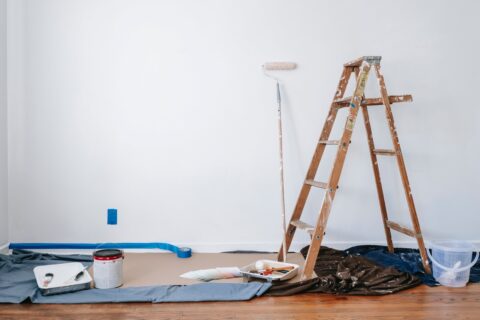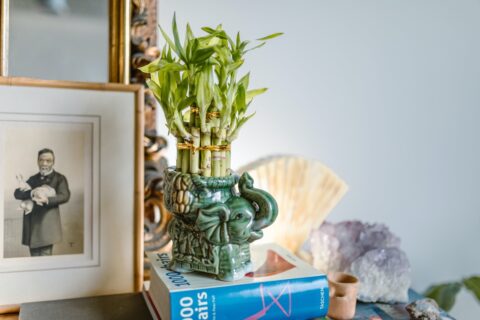The interplay between our environment and our mood is a fascinating area of exploration, and nowhere is this relationship more tangible than in the spaces we inhabit daily. The design and arrangement of our rooms have a profound impact on our emotional well-being. Through understanding the psychology of space, we can create environments that uplift, soothe, and inspire.
Color Me Happy
Colors are potent tools in affecting our mood and overall vibe of a room. Warm colors like red, orange, and yellow are known to energize and stimulate, while cool colors like blue, green, and purple have a calming effect. The choice of color can set the tone of the space, be it serene, stimulating, or cheerful.
Let The Light In
Natural light is a mood enhancer. It not only brightens the room but also our mood, making spaces feel airy and vibrant. On the other hand, poorly lit rooms can evoke feelings of sadness or depression. Incorporating ample natural light and supplementing with well-designed artificial lighting can alter a room’s ambiance significantly.
Space and Balance
A well-organized room with a clear focal point creates a sense of balance and harmony, promoting a feeling of stability and calmness. On the flip side, a cluttered or cramped room can evoke feelings of anxiety and chaos.
Personal Touches
Rooms adorned with personal belongings, photographs, and memorabilia evoke a sense of comfort and belonging. These personal touches make a space feel uniquely ours and contribute to our emotional connection with our home.
Bringing Nature Indoors
Incorporating elements of nature such as plants, water features, or natural materials can have a soothing effect, reducing stress and promoting relaxation. This connection to nature within indoor spaces is known as biophilic design, and it’s a trend that’s gaining traction for its psychological benefits.
The Power of Texture and Material
The textures and materials used in a room also play a part in how we perceive the space. Soft textures evoke comfort and coziness, while sleek materials like glass or metal contribute to a modern, clean aesthetic.
Flexibility and Adaptability
Flexible spaces that can be easily rearranged or adapted evoke a sense of control and freedom. They allow for personal expression and can change with our needs, promoting a positive mood.
Conclusion
The psychology of space is a nuanced field that delves into how our surroundings impact our mental and emotional state. By understanding these dynamics, we can create rooms that not only meet our functional needs but also nourish our psychological well-being. Through thoughtful design, the spaces we inhabit can become sanctuaries of peace, sources of inspiration, and platforms for personal expression.







